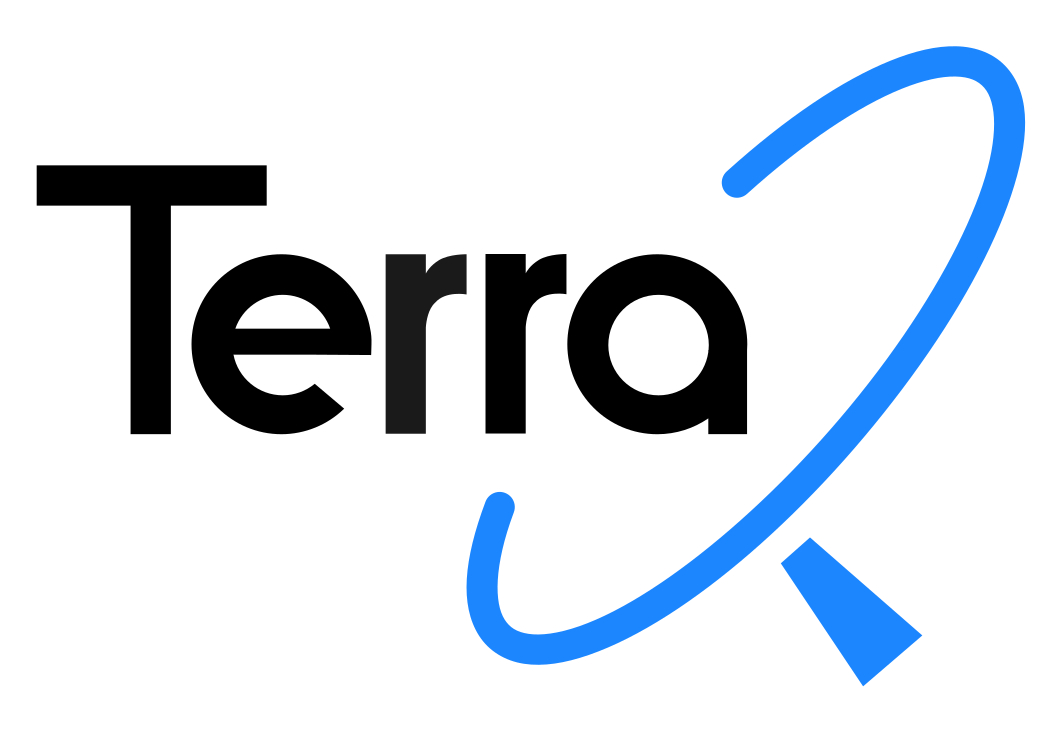TerraQ research is represented in three main research areas - A, B, and C.
The integrative character of TerraQ naturally yields the three coupled research areas unite projects with similar technical or methodical characteristics.
The combined utilisation of clocks, atoms and lasers, on ground and in space, is essential to provide data across a large spectrum of length and time scales. The research areas are tightly coupled and form a strong link from observations at a new level of precision to a better knowledge of the gravitational field and thus the system Earth.
Research Areas
B – Metrology and modelling for space gravimetry (Prof. Dr. G. Heinzel)
-
B01 New Measurement Concepts with Laser Interferometers
-
B02 Multi-Purpose Space Mission Simulator
-
B03 Optical Design Methods for Low-Noise Interferometry
-
B04 Advancing Inter-Spacecraft Laser Interferometry
-
B05 Compact Multichannel Optical Test Mass Sensing
-
B06 Optical Control of a Torsion Balance as a Low-Noise Test Platform
C – Gravity modelling and applications (Prof. Dr. J. Müller)
-
C01 Groundwater Gravimetry and QG-1
-
C02 Terrestrial Clock Networks: Fundamental Physics and Applications
-
C03 Relativistic Geodesy from Space Using Novel Measurement Concepts
-
C04 Gravity Field Solution by Exploiting the Full Potential of GRACE Follow-On
-
C05 Modelling of Mass Variations Down to Small Scales by Quantum Sensor Fusion
-
C06 Atmosphere-Ocean Background Modelling for Terrestrial Gravimetry












